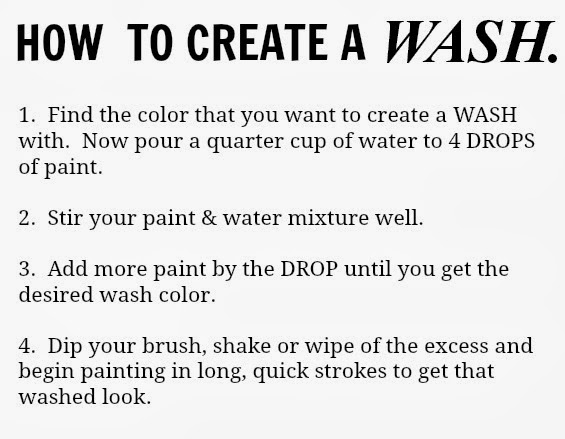
According to Peter Lord of Peter Lord Plaster and Paint, the necessity for reversibility on the inside or back of the wall mural is not a consideration.

The glue based adhesives are not reversible when dry. The modern method of plaster stabilization involves matching known gluing techniques to surfaces, in composition and appearance, then using acrylic glues that can be manipulated to correspond to conditions such as temperature on the job site. Repairs for painted surfaces can more safely be accomplished from the back of the wall, if access is available. One issue with the use of traditional methods on a wall mural is that it takes water to make the lime mixture and water will damage and dissolve the wall mural pigments, if applied from the finished surface. By blocking the flow of water vapor, they direct it toward the nearest permeable surface increasing the concentration of moisture and the possibility of condensation in that area.” Finally, epoxy and other consolidates interfere with the vapor permeability of plaster, wood, mortar and other materials to which they are applied. "Epoxy consolidation for plaster essentially impregnates the pores of the plaster interfering with porosity and glues old plaster to dry, dusty lath which does not provide as reliable a mechanical attachment as plaster keys that squeeze through the gaps in the lath to provide an even distribution of weight across the plaster.

Although nearly indistinguishable from the original material in porosity and texture, lime repairs remain visible as can be seen in old buildings where renovations carried out two centuries ago remain visible in the visually discernable differences in material color and in the different lath on which plasters have been installed. Second, lime has the desirable quality of binding to itself, so a new lime repair will bind into existing lime-based materials without the need of chemical binding agents. “Lime is an inexpensive material that is more environmentally benign than chemical consolidates – it requires less energy input to manufacture than do modern cements, it re-absorbs carbon dioxide as it cures and at the end of its life cycle, it breaks down into a beneficial compound – calcium carbonate it does not contain or release toxic materials. Pfeiffer goes on to explain his preference for traditional methods of plaster repair techniques. Nonetheless, there are now a small number of skilled craftsmen who can accomplish these repairs.” The USA has been slower to move in this direction because of our national predilection for whatever presents itself as 'new and improved', our predilection to believe in the results ‘accelerated weathering tests’ for new materials, and because we have suffered the nearly complete loss of traditionally trained craftsmen in the mid-20th century. In Europe – especially in France, England and parts of Scandinavia – where craft traditions and training through apprenticeship have survived, modern synthetic materials have declined in popularity for historic building repair in favor of traditional materials that have withstood the test of time.

#Plaster paint professional
When preparing the conservation program for your paint decorated plaster it is important to examine both with a professional to determine what is best for you.Īccording to Brian Pfeiffer, architectural historian, “The prevalence of epoxy and other modern substitute materials used in building conservation is an American enthusiasm. There are two approaches to plaster stabilization that will be offered: the traditional time-tested methods that are still being used in European restoration work and the modern method that employs glue based adhesives that are not reversible when dry. Environmental stresses like new roads and highways, construction blasting, structural repairs to the building, changes in stress loads on the foundation, along with all the other climate and moisture related issues previously mentioned, contribute to plaster cracking. Plaster cracking and delamination from the wood lathe is a great clue to what has been going on with the wall substructure.

For some people, the cracks are a visible sign of character on the wall but they also are telltale signs of where problems exist and can lead to serious problems if not taken care of. It is almost unheard of to find a 200-year-old plaster wall with no cracks. It is felt that wall murals should not be restored to near new condition, but rather, should reflect the artist's original intent with a reversible repair regimen on the front wall surface that allows them to show their age. On-site conditions and financial considerations will determine the methods of restoration and conservation used in a particular situation.


 0 kommentar(er)
0 kommentar(er)
